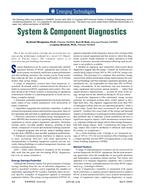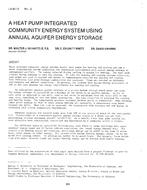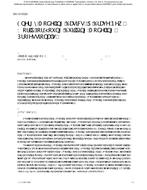Click here to purchase
Ribbed surfaces are utilized to enhance the heat transfer both in the cooling of the gas turbine blades and air heaters. However, the characteristics of the ribbed channel in the entry length of the channel are less investigated. In this study heat transfer and pressure drop in the entry length of a ribbed channel studied both experimentally. Application of the ribs not only improves the heat transfer but also increases the pressure drop in the channel. Since within the entry length, the boundary layer is not fully developed and the heat transfer coefficient is relatively high, in this study it is investigated if the application of the ribs is less necessary in the entry length. The specification of the first riubs in the entry length modified in such a way to consider the higher heat transfer rate in the entry length of the channel. The experimental test rig utilized to measure the relevant parameters in each case. In addition, the computational fluid dynamics simulation conducted to investigate the hypothesis in more detail. Results of two methods were compared and analyzed, it was found that the application of the shorter ribs in the first ribs in entry length results in higher thermal efficiency due to the almost same heat transfer coefficient on the absorber plate, accompanied with smaller pressure drop. The application of the ribs improves the thermal performance around 9%, in addition application of shorter rubs at the entrance further % improves the thermal performance.
Citation: 7th International Conference on Energy Research and Development
Product Details
- Published:
- 2019
- Number of Pages:
- 8
- Units of Measure:
- Dual
- File Size:
- 1 file , 1.2 MB
- Product Code(s):
- D-2019ICERD7-032


